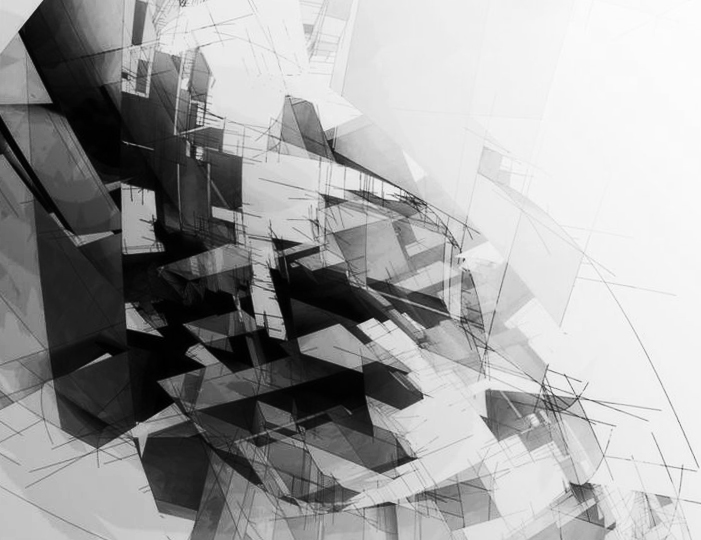Text Analysis:
In his manifesto “Primitive Future”, Fujimoto addresses the future of architecture as a return to a primordial, intuitive moment in the process of design, free of constraints and open for possibilities. He starts with relating architecture to a cave where the body needs adapt to the space to meet its needs. As the body adapts, the space takes on a new subjective and temporal definition, unique to each occupant. The cave represents a flexible architecture that’s more like an unintentional improvised space lying between nature and artifact.
In the text, Fujimoto describes the richness of in-between spaces, gradient spaces that lie between outside and inside, public and private, home and city. These are the porous places that are full with architectural discoveries. Spaces are created within spaces that blur into one another and have no definite boundaries or pre-determined routes through them, requiring the user to create their definition through use – akin to the cave or a natural setting. Therefore a part of the space is not a piece of the whole architecture, neither is the whole the sum of parts. Architecture shall be more abstract and absolute, formed of nested compositions producing more impurities and diversities that occur in-between intervals.
Fujimoto emphasizes the state of designing prior to division through which the architect should try to produce a unified condition where the interaction between natural and artificial is re imagined. He also questions the matter of scale and how it should be redefined when the exterior envelope disappear and the house becomes a city and the city turns to a huge house. Hence, new sensibilities may arise to enhance spatial qualities.
Case Study:
Wall house was designed for a couple in suburban area in Chile. It has been designed based on a layered wall system to enhance environmental conditions and to convey atmospherical qualities.
It has a series of four layers: inner concrete core, stacked shelving, milky shell, and last a soft skin. The innermost zone contain the most demanding functions (i.e. kitchen and bathroom). Moving from room to room plays with a perception of moving deeper into or further out, with changes of materiality and lighting providing a range of qualitative experiences and cues. Surrounding the inner core is a pair of upper and lower structural shelving bands, built of engineered wood, the bands set up varying configurations for placement of domestic articles, privacy or openness, and levels of illumination according to program and orientation. Moving out to the climate threshold, an upwardly folding translucent skin, or milky shell, of high-insulation polycarbonate panels filters the harsh Chilean sun. Finally, a soft fabric membrane typically used in greenhouse environments acts as an energy screen, filtering out up to 70% of the solar energy hitting the building, and at the same time creates a protective barrier against the mosquitoes and insects prevalent in the area. Wall house proves to be environmentally oriented to protect from climate. Also its layered skins create a pleasant atmospheric ranges.
Research Topic:
I’m interested in examining the notion of “Architecture of Chance”. As we have always been subjected to the belief that an architect shall defend against the indeterminate, it would be intriguing to create an alternative form of design process that welcomes a wide play of probabilities and indeterminacy. And because Accidents operate beyond the realm of representations: they cannot be forecasted or drawn. That’s where an equilibrium is constituted to confront performance of chance rather than trying to rule it out. We can extract from natural phenomena, how evolution of species have only been achieved through randomness of factors and probabilities, where vulnerability and chaos have significantly enriched adaptability.

